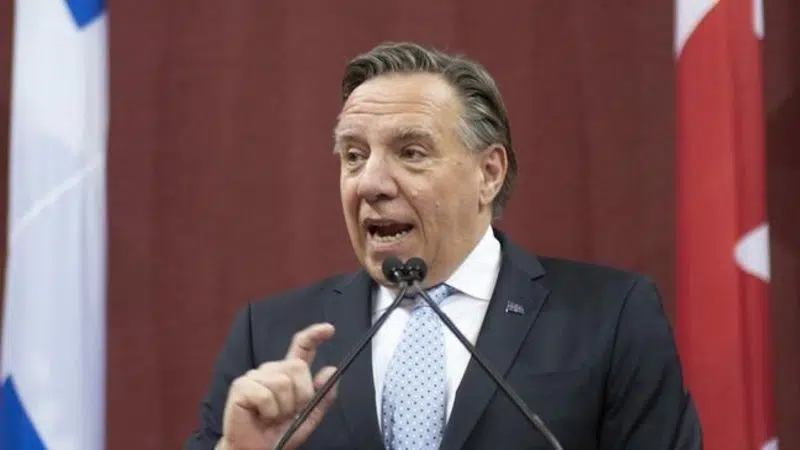
Quebec has accepted 40 per cent fewer skilled workers in first half of 2019
MONTREAL — New statistics show Quebec is making good on its promise to reduce its share of immigrants in 2019, but the province has cut deeply in the category of skilled workers, which runs contrary to the government’s stated goals.
In the first six months of 2019, the number of immigrants to Quebec in the economic category fell by 32 per cent compared with the same period in 2018. Within that category, the province has so far accepted 41 per cent fewer skilled workers than it did in the first six months of last year.
The numbers were compiled by Jack Jedwab, president of the Canadian Institute for Identities and Migration, using data from the federal Immigration Department.
Premier Francois Legault was elected last October on a promise to cut immigration by 20 per cent in 2019 compared with 2018 levels. Too many newcomers weren’t finding work within the first five years of arriving and too few spoke French, he said.

